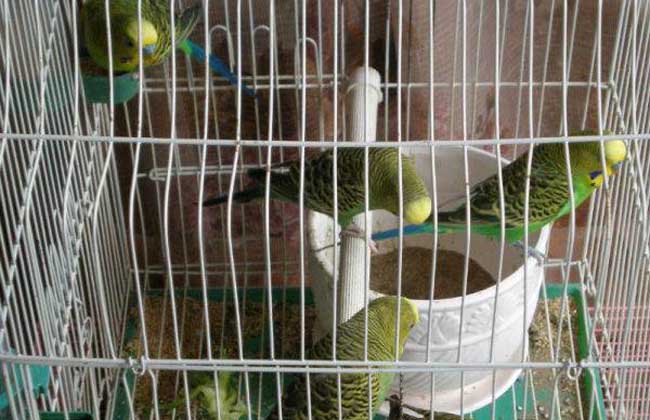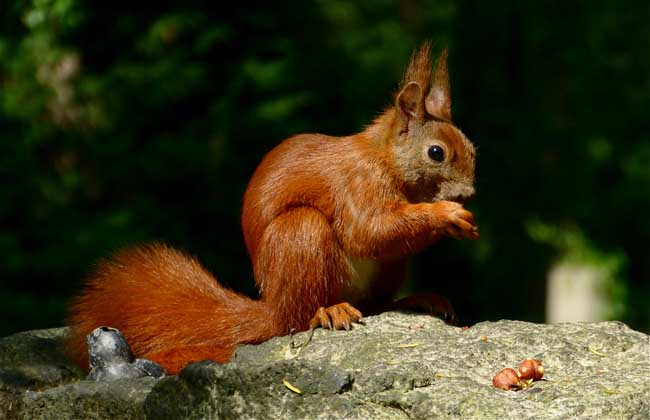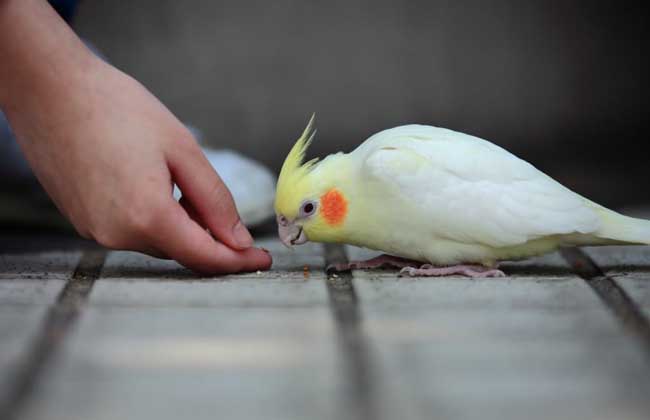How much is the price of budgerigar

Budgerigar is a bird of the parrot family of the parrot order. It is native to the inland areas of Australia. Wild budgerigar lives in forest gardens and grasslands. Group activities, feed on plant seeds, etc., lively and easy to domesticate, is one of the most common pet birds in China. Let's take a look at the price of budgerigar.
How much is the budgie price?
About 35 yuan for a pair of budgerigar in Shenzhen, 120 yuan for a budgerigar, 40 yuan for an adult budgerigar (78 yuan a pair), 25 yuan for a budgerigar in Beijing, 25 yuan for a budgerigar in Nanjing, 38.00 yuan for a budgerigar with Xuzhou blue opal gene, and 28 yuan for a budgie. The baby baby of Shanghai budgerigar is about 59RMB 128 yuan, the yellow budgerigar is 48RMB 109yuan, the big-headed budgie is about 160yuan, the baby yellow-red-eyed budgie is about 108yuan, the Japanese white budgie is about 109yuan, the Guilin budgerigar is about 4750yuan, the Shenyang budgerigar is about 25yuan, and the Linyi budgie is about 25yuan.
Skills for selecting and purchasing nestlings of budgerigar
1. Grip should be strong and fleshy, and the body temperature should be hot. The body temperature of a normal bird is higher than that of a human, so it should be hot to hold. If it feels cold and cold, it may be sick, it is best not to buy it.
2. Seeing people open their mouths and ask for food, or running around with a lot of spirit symbolizes that they are just good birds with good vitality.
3. The area near the anus is clean and dirty. if the anus is very dirty, it usually means that the bird has diarrhea, which may be some gastrointestinal diseases, which is very threatening to the bird, so it is best not to buy it. However, sometimes the reason for the dirt near the anus of the young birds is that the stool from themselves or other birds in the nest box is not really diarrhea, so it is not easy to tell.
4. It is best to see this bird produce fresh poop, if it is shaped and non-green is the best, but also pay attention to whether there is a fishy smell, normal bird poop will not stink.
5. Pay attention to whether there are eye diseases. Nestlings are particularly prone to diseases in summer. The symptoms are tears, inability to open eyes, and swollen lacrimal glands. It will be better if you take good care of them for a while, but you should be careful not to come into contact with other birds in the family.
6. Before buying it back, it is best to ask the boss to feed it to you once (if the bird is on an empty stomach). If the appetite is good, it is best to eat a lot. If the appetite is not good, you should pay attention to it. It may be difficult to take care of in the future, and the resistance may be weak.
7. Most importantly, it is your favorite among many birds.
Skills of adult bird selection and purchase of budgerigar
1. Young birds are highly active, will tease other birds everywhere, and are very alert to people's approach, while old birds move slowly and do not like to move.
2. The scales of the feet are smooth and light-selective, while the old birds are handstand and thicker.
3. The old bird's fingernails are long and curved.
4. There is no fat in the skin around the eyes.
5. the young birds are slender, while the old birds are fatter.
6. The feathers are bright and smooth, the feathers of the old birds will be messy, and some even have handstands.
7. Characteristics of diseased birds
① bulges feathers all over his body, shrinks his head to his shoulders to keep warm, and spends most of his time sleeping. This is a sign of most diseases.
There is dirty green excrement near the anus of ②, which may be a disease of gastroenteritis and is usually difficult to treat.
③ unfolds the inside of his wing to see if there are any small black spots clustered together. If so, there are parasites, most of them are lice, but they may also be blood-sucking insects.
④ whether there are scabs on the mouth, around the eyes, nose, mouth and feet, or scabies, which is often found in Asu.
⑤ can't keep his eyes open and shed tears, that is, the eye disease mentioned in the selection of young birds, adult birds can also be infected, especially small birds or peonies.
Related
- A course of planting techniques and methods on how to grow carrots
- How to plant the latest tulips?
- Is it better to pick tea in the morning or in the afternoon? When is the best time for tea to be picked? what is the third or fifth tea?
- Launch Yuanxiao Happy combination Haocha + Tea Yuan healthy Taste
- Penghu Tourism "Fireworks 20 Parade with You"
- 2022 West Lake Happiness holds "Digital Revitalization Voucher" and draws iphone13 and laptop.
- Banqiao Fuzhou social houses are designed to change start-up combined with police elimination to create a safe and livable environment
- The convenient measure of "mechanical weeding" in Xinbei has been abused and the Agriculture Bureau has imposed heavy penalties on the illegal land consolidation.
- Changgeng University Joins Hands with Four Memory Factories to Rescue Memory Talent Shortage
- The list of Taiwan's top 100 MVP managers is listed by the Director-General of the Farmers' Association of Sanxia District.



